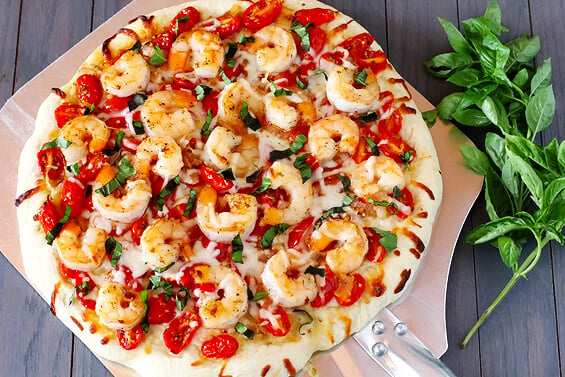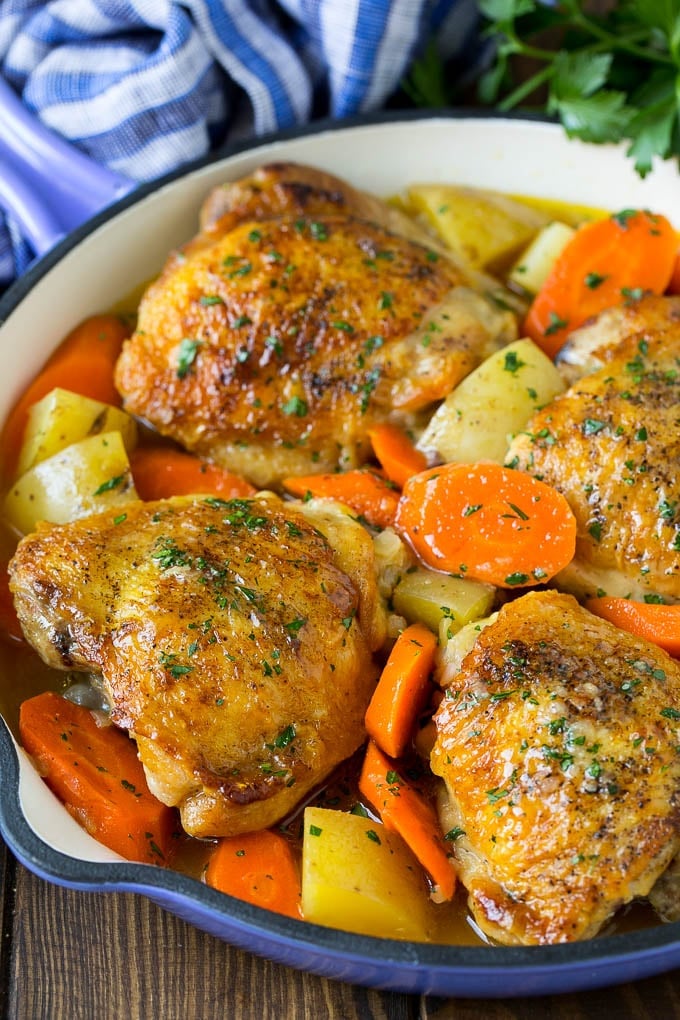Shrimp Pizza: A Flavorful Fusion of Seafood and Italian Flavors for a Healthy Meal
Shrimp pizza’s popularity varies by region, driven by local culinary traditions. In coastal areas like Southern Italy and Mediterranean countries, seafood pizzas, including shrimp pizza, are common. Coastal restaurants often feature shrimp pizza topped with regional ingredients like arugula or sun-dried tomatoes. In Southeast Asia, shrimp pizza incorporates local flavors with spicy sauces and unique cheeses. Variations may also include additional seafood like calamari or crab. These regional twists showcase the versatility of shrimp pizza and cater to diverse tastes.
Growth in Fast Food Menus
Fast food chains have increasingly added shrimp pizza to their menus due to rising consumer interest. Shrimp pizza options have expanded significantly in the last decade. Major chains like Domino’s and Pizza Hut now offer various versions of shrimp pizza, ranging from classic to gourmet styles. Promotions and limited-time offers have highlighted these seafood options, attracting new customers. This growth reflects the demand for innovative menu items that cater to evolving palates. Numbers from industry reports show a marked increase in seafood pizza sales, indicating a successful market expansion.
Key Ingredients in Shrimp Pizza
Types of Shrimp Used
Selecting the right shrimp makes a difference in taste and texture. Fresh shrimp provides the best flavor but frozen shrimp is a convenient alternative. Large shrimp like tiger shrimp or jumbo prawns add a meatier texture to each bite. Smaller varieties like bay shrimp blend well with other toppings. Always ensure shrimp is peeled and deveined to maintain quality. Cooking methods, like grilling or sautéing, enhance shrimp flavor and prevent a rubbery texture.
Cheese and Sauce Pairings
Cheese and sauce pairings complement shrimp flavors in the pizza. Mozzarella is a classic choice that melts well and doesn’t overpower shrimp. Parmesan adds a nutty taste, while feta offers a tangy note. Combining mozzarella with a bit of fontina or gouda creates a rich texture.
For sauces, a garlic cream sauce is popular, enhancing the pizza’s seafood flavor. Pesto adds a vibrant, herby taste. Tomato-based sauces, like marinara, work well when you seek a traditional element with tangy undertones.
Cooking Techniques for Shrimp Pizza
Oven-Baked vs. Grilled
Use different methods to achieve diverse textures and flavors in your shrimp pizza. Oven-baked pizzas provide evenly melted cheese with a crispy crust. Preheat your oven to 475°F and bake the pizza for about 10-12 minutes until the crust turns golden brown. For grilled pizza, opt for a smoky flavor and slightly charred crust. Preheat your grill to medium-high and place the pizza directly on the grate, grilling for 6-8 minutes. Rotate the pizza to ensure even cooking.
Tips for Perfectly Cooked Shrimp
Ensure shrimp are succulent and not rubbery. Start by using fresh or properly thawed shrimp. Pre-cook your shrimp by sautéing them in a pan for 2-3 minutes per side until they turn pink. Avoid overcooking to maintain tenderness. Season the shrimp with a pinch of salt, pepper, and garlic powder for enhanced flavor. Add the shrimp to the pizza halfway through the baking or grilling process to prevent overcooking. This step ensures shrimp stay juicy and flavorful.
Nutritional Aspects of Shrimp Pizza
Health Benefits of Shrimp
Shrimp offer numerous health benefits, making them an excellent topping for pizza. They are low in calories and high in protein, providing around 20 grams of protein per 3-ounce serving. These crustaceans are rich in essential vitamins and minerals like vitamin B12, selenium, and phosphorus. Vitamin B12 supports nerve function and red blood cell formation, while selenium acts as an antioxidant, protecting your cells from damage. Additionally, shrimp contain omega-3 fatty acids, which promote heart health and reduce inflammation. With low saturated fat content and beneficial nutrients, shrimp contribute to a well-balanced diet.
Caloric Content Comparison
Shrimp pizza typically has fewer calories compared to traditional meat-topped pizzas. While a slice of pepperoni pizza usually contains around 300 calories, a shrimp pizza slice generally has about 250 calories. The lower caloric content of shrimp contributes to a lighter meal. Here’s a quick comparison for better clarity:
| Pizza Type | Average Calories per Slice |
|---|---|
| Pepperoni Pizza | 300 |
| Shrimp Pizza | 250 |
Swapping high-fat meat toppings with shrimp reduces calorie intake and increases protein levels, promoting muscle repair and growth. For those monitoring caloric intake or seeking a healthier pizza option, shrimp pizza is an appealing choice.
Conclusion
Shrimp pizza offers a delightful twist on traditional pizza by blending the rich flavors of seafood with classic Italian elements. Its unique combination of crispy crust juicy shrimp and fresh herbs makes it a standout dish. Not only does it tantalize your taste buds but it also provides a healthier alternative to meat-topped pizzas. With fewer calories and a wealth of nutritional benefits shrimp pizza supports muscle growth and overall health. So next time you’re craving pizza consider giving shrimp pizza a try for a delicious and nutritious meal option.





